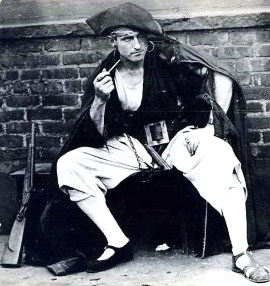Curiosity & Cocktails at Old Town's Paradiso
/Walking along King Street in Old Town, Alexandria, you might notice a fairly non-descript pizza place called Paradiso. It's one of many restaurants and bars in Old Town. But inside you'll find much more than excellent pizza, a Zagat favorite. Paradiso is not only a pizzeria, but if you look closely at the sign you'll see it's also a birreria, with an amazing selection of hard-to-find brews.
How extensive is Paradiso's selection? On the beer list you'll find over 200 bottles, a traditional British cask ale, and 14 always-changing options on tap.
During our recent visit we tried several options under the guidance of Paradiso's talented beer expert, Matt. We were impressed to see Unibrou Éphémère on the list, too.
The good news is one need not venture to Old Town to enjoy Paradiso's delicious pizzas and incredible beer selection. Paradiso has locations in both Dupont Circle and Georgetown, as well.



















